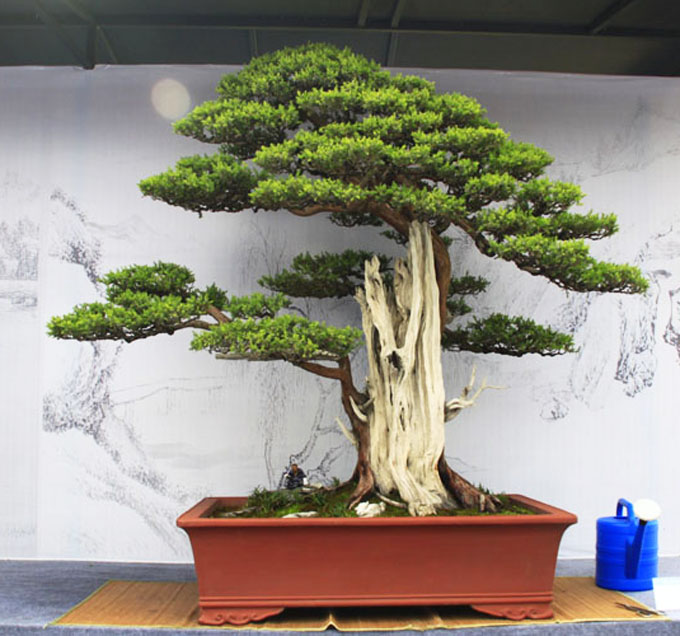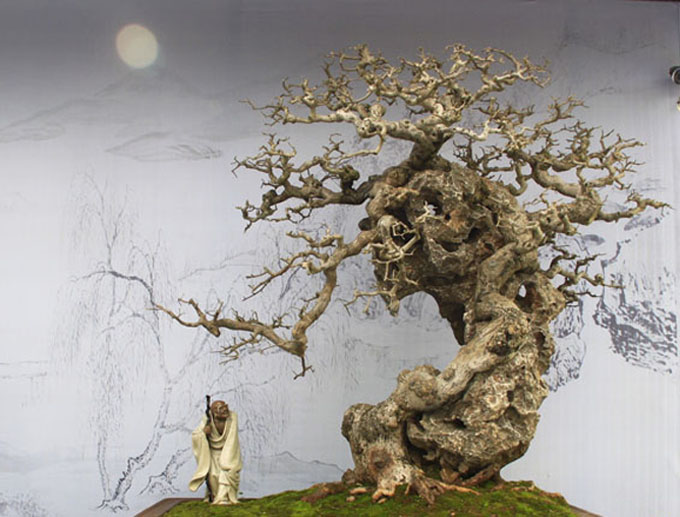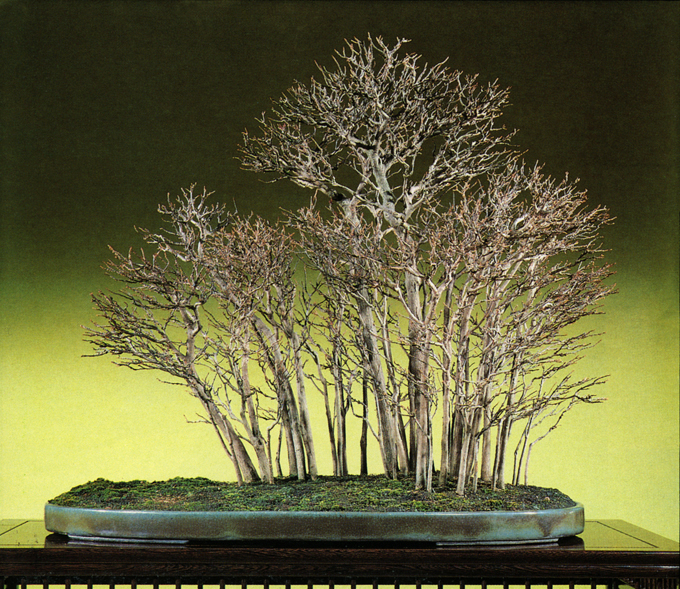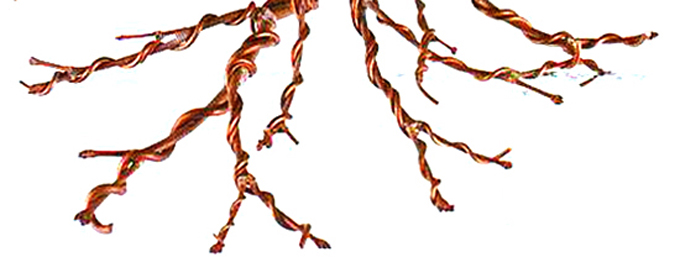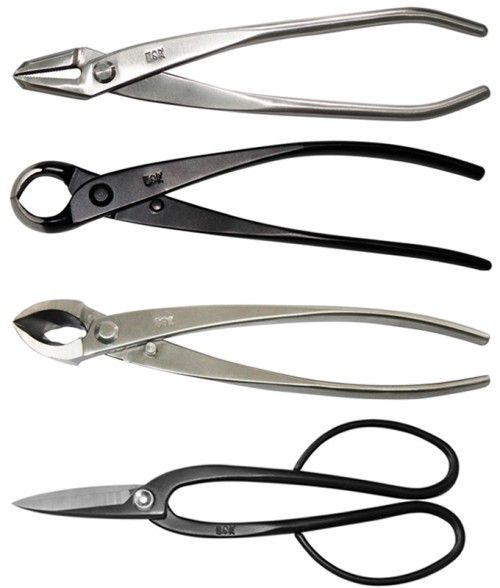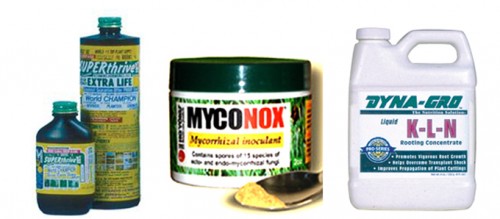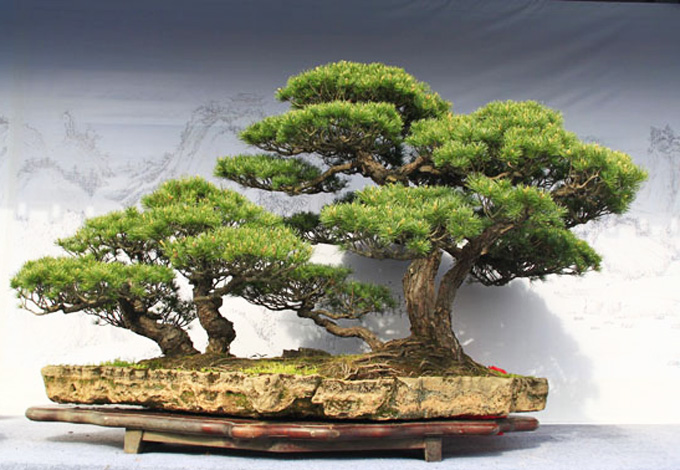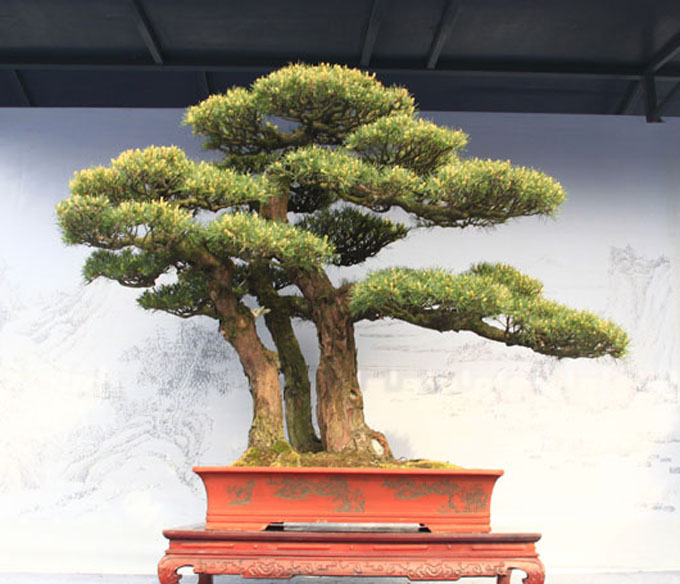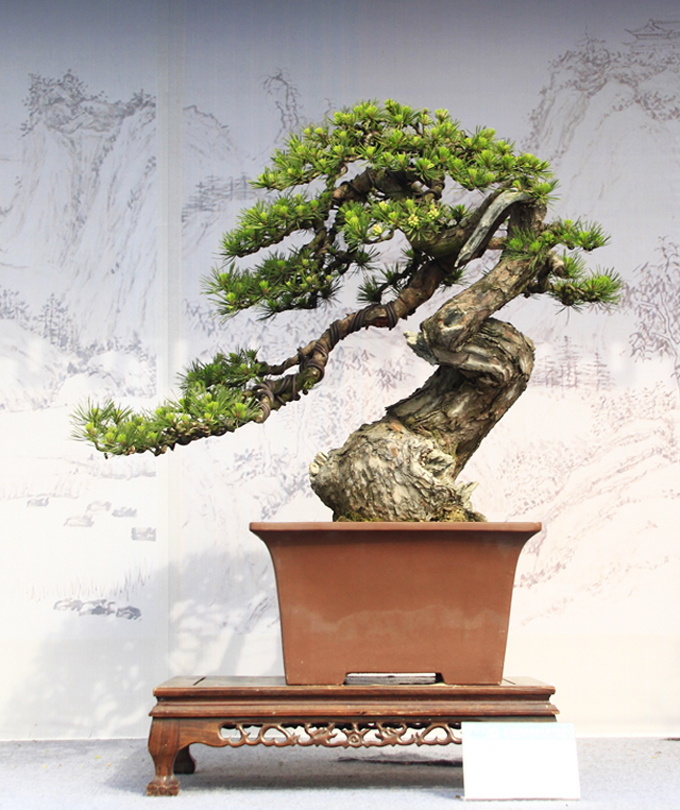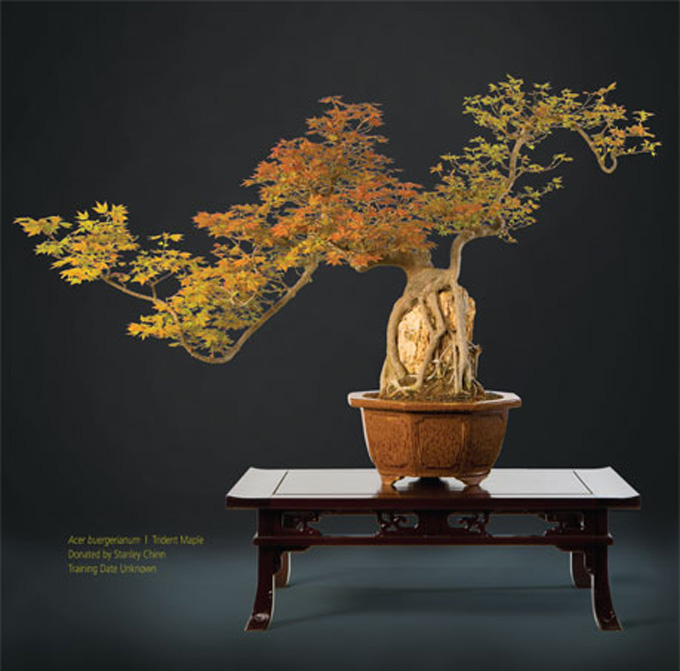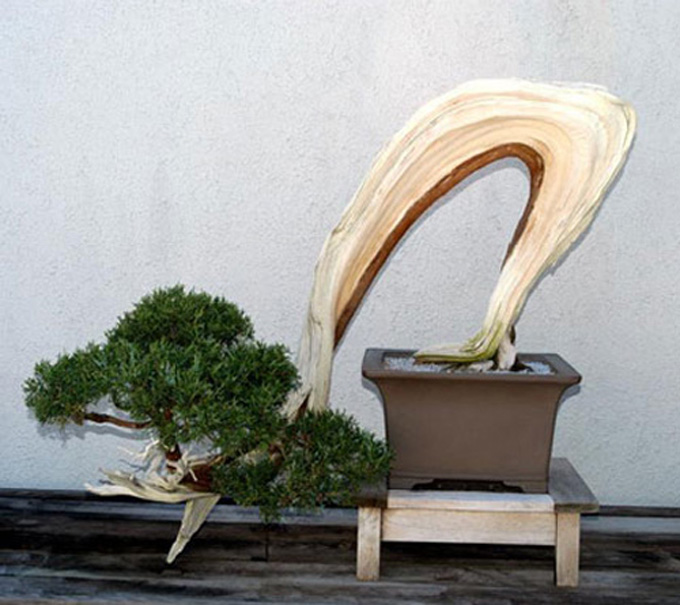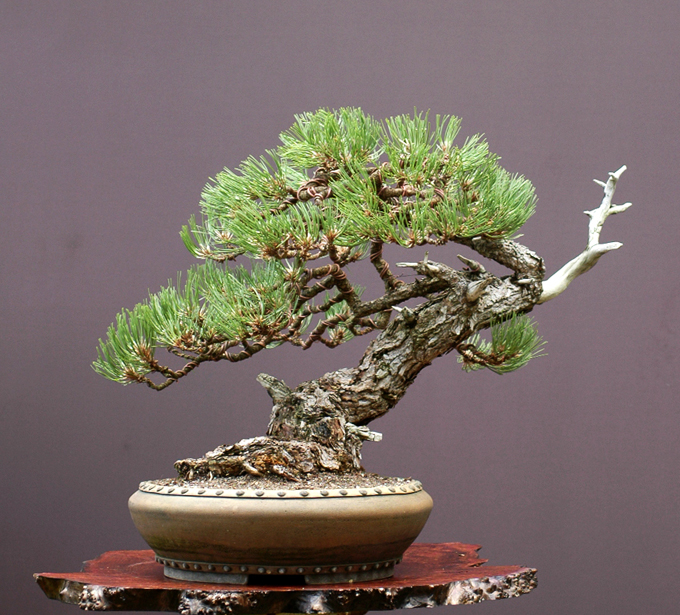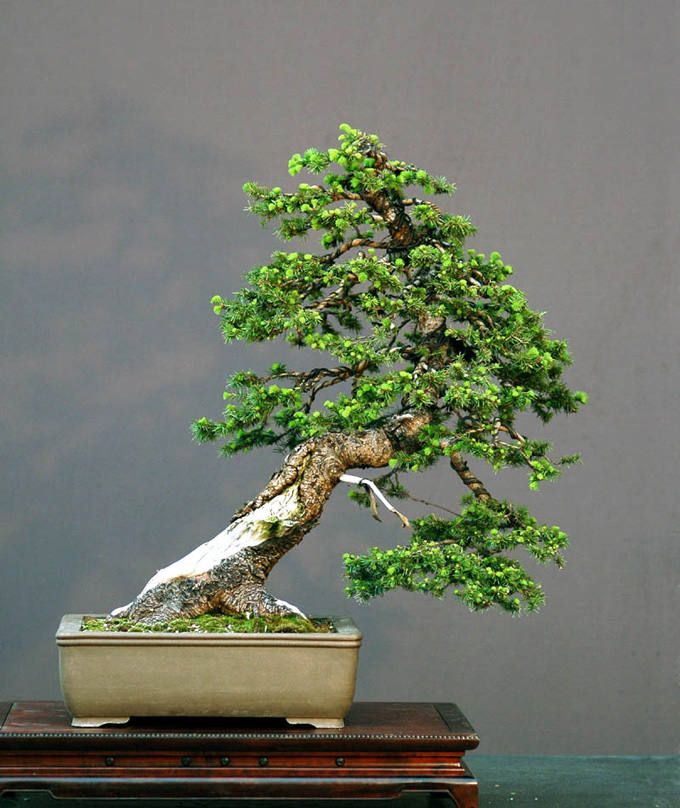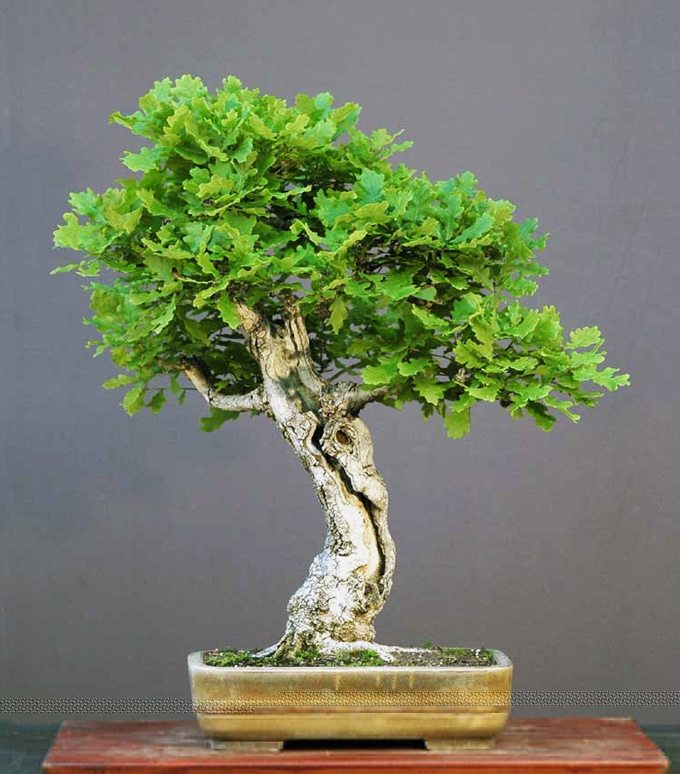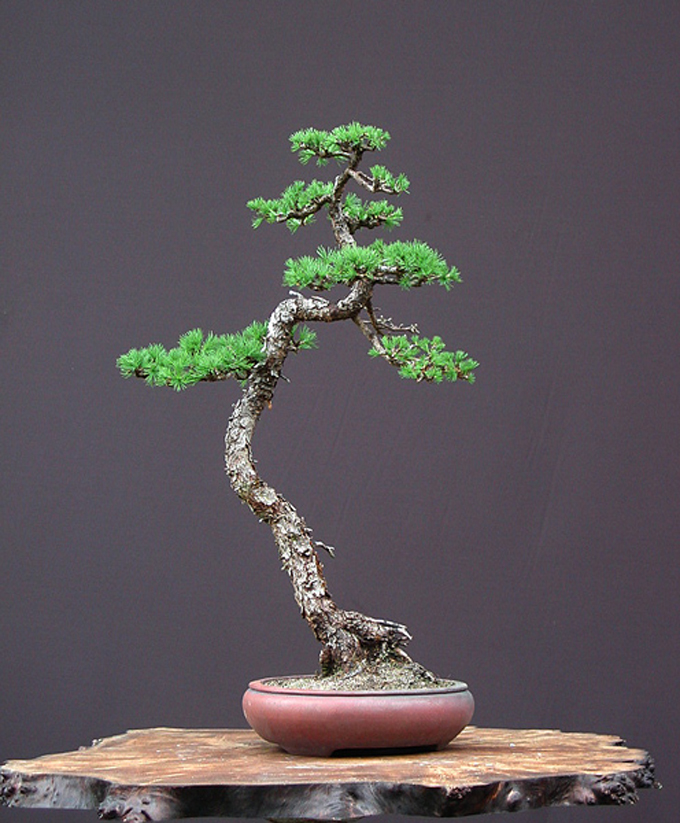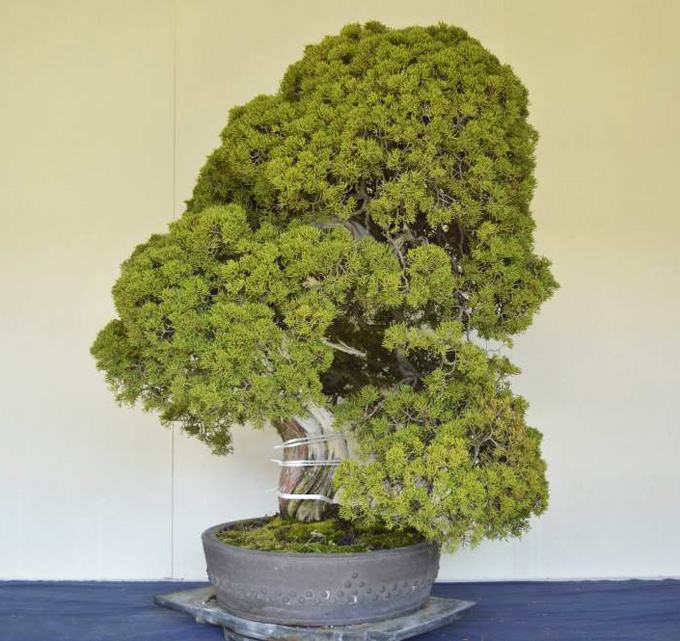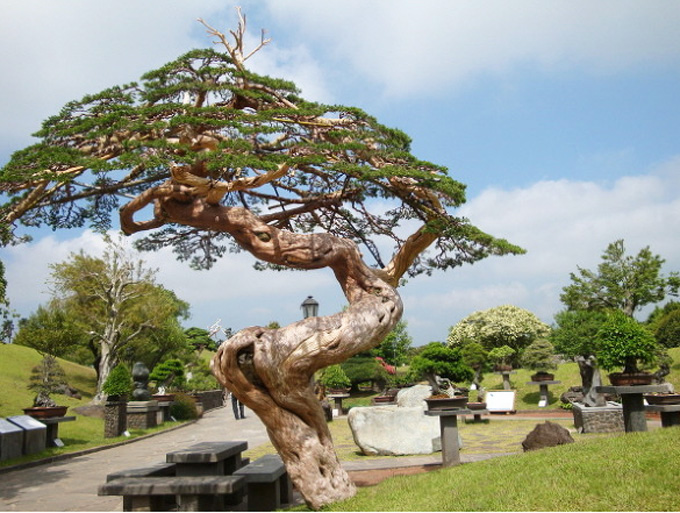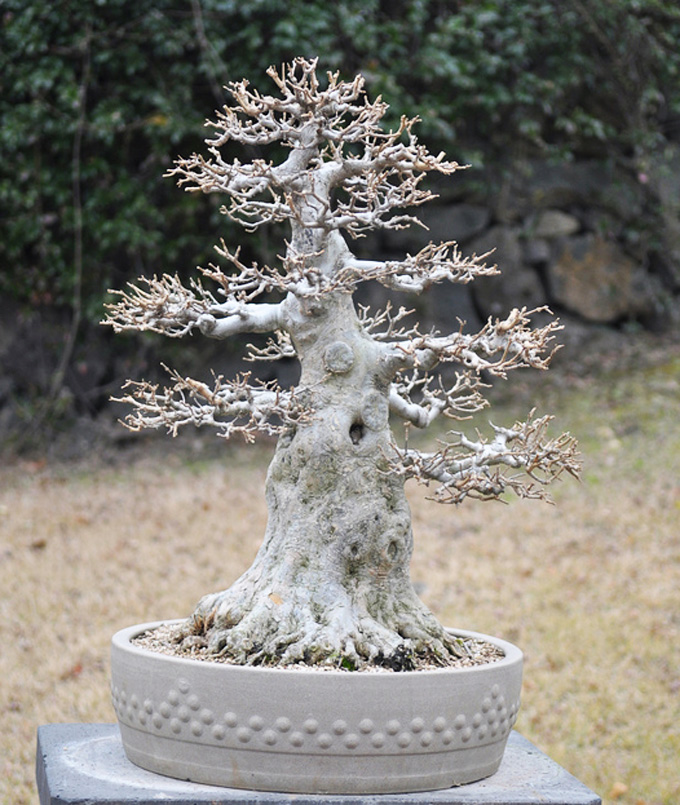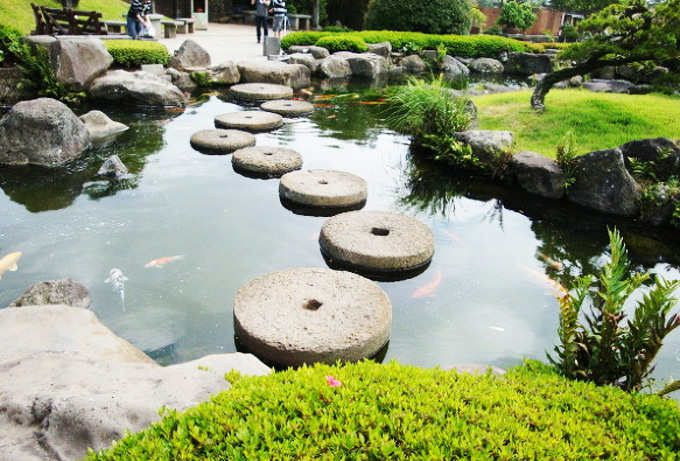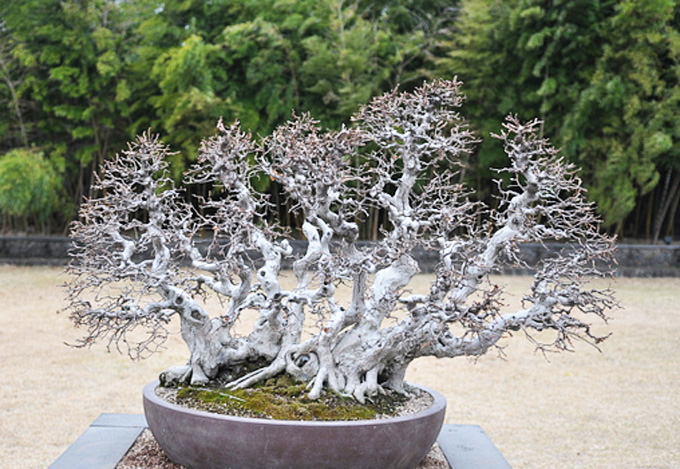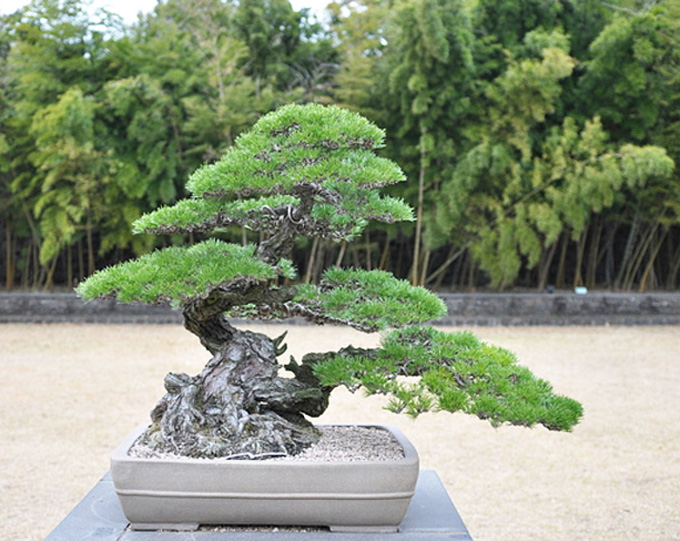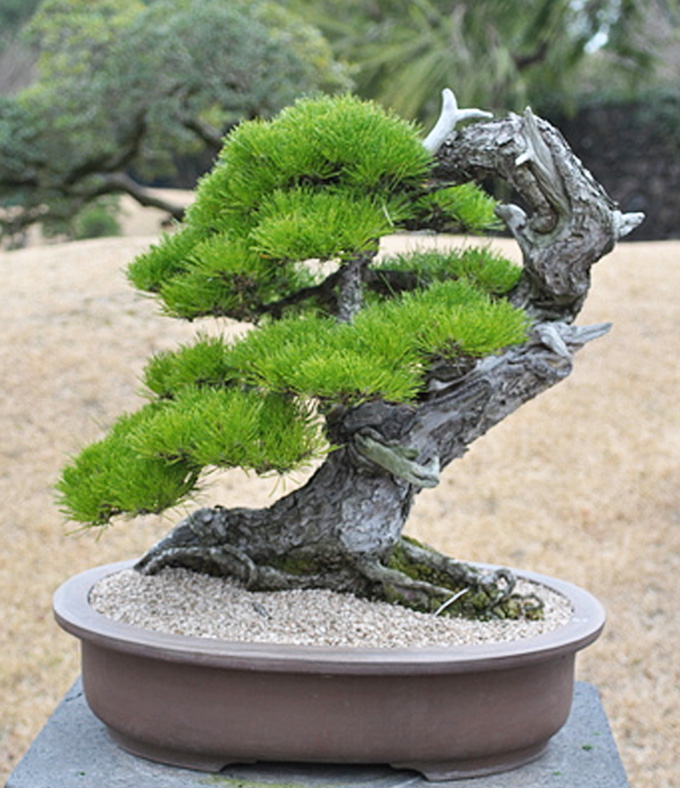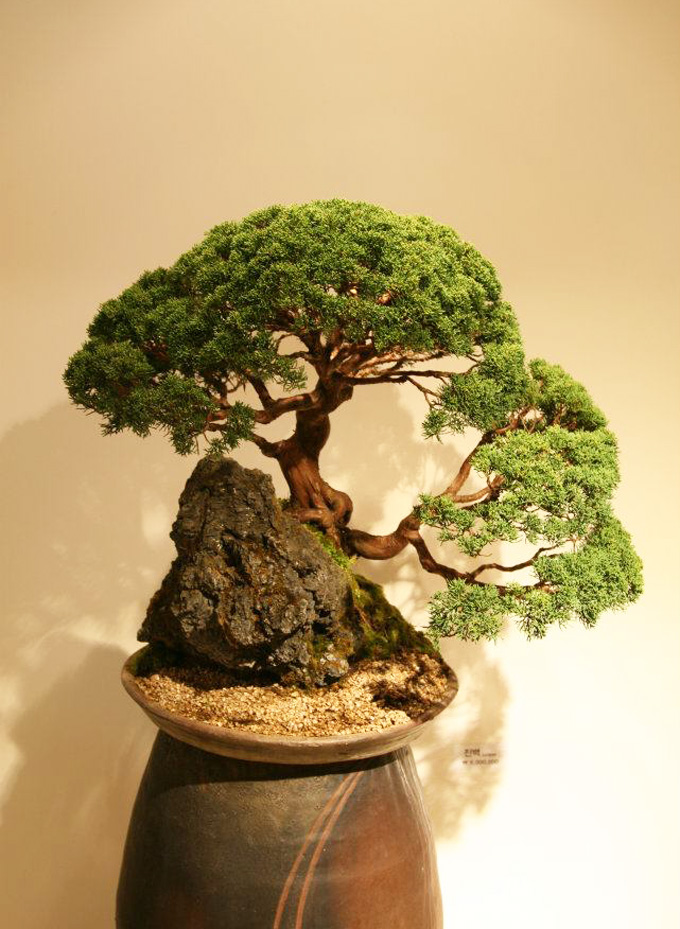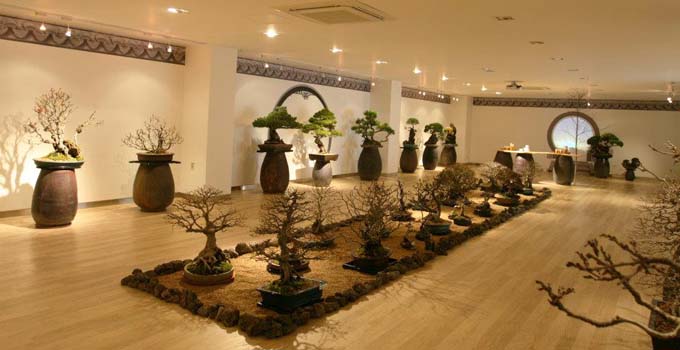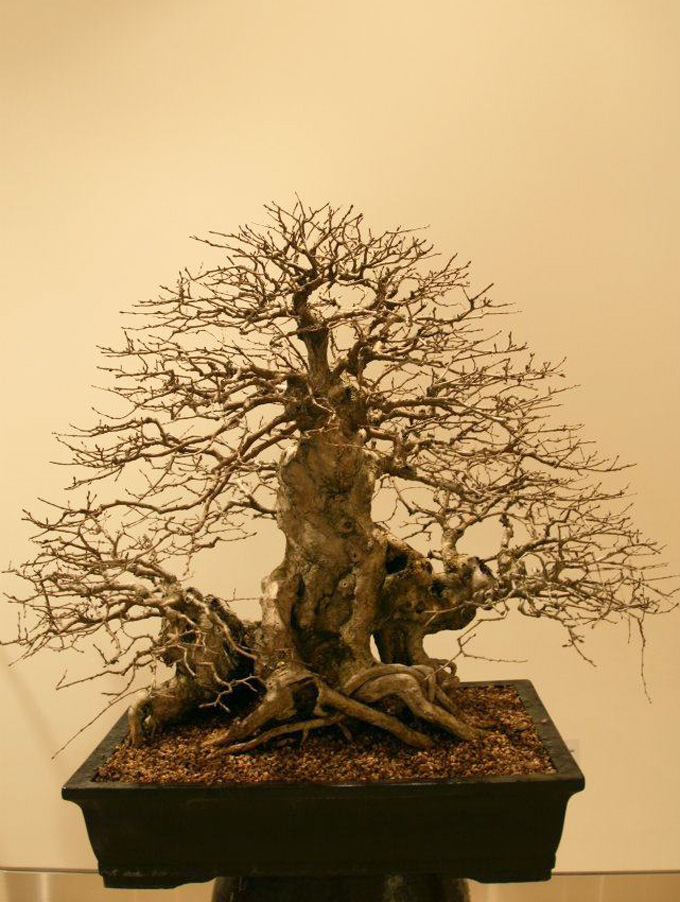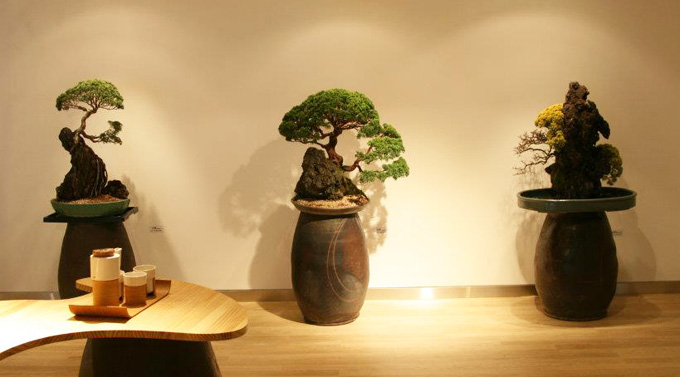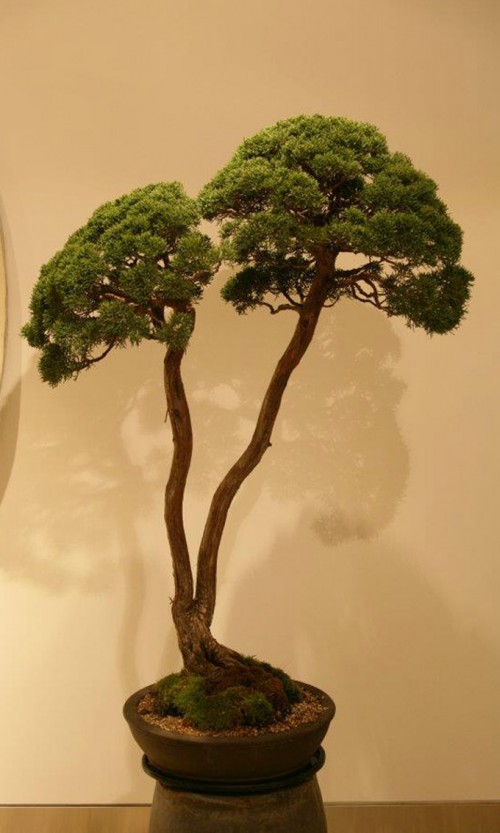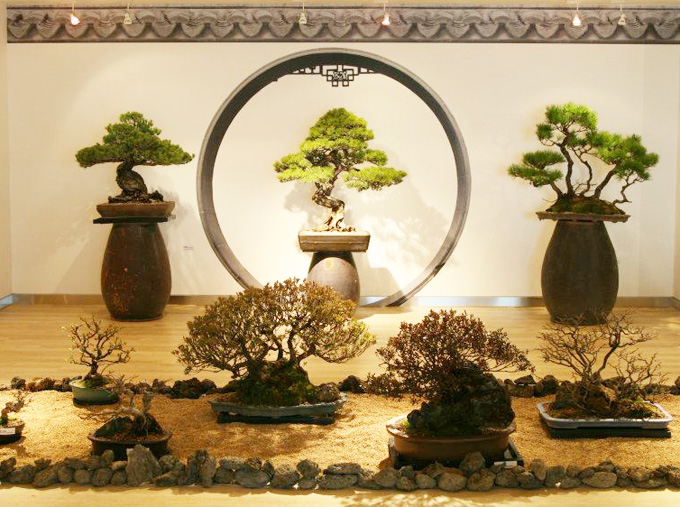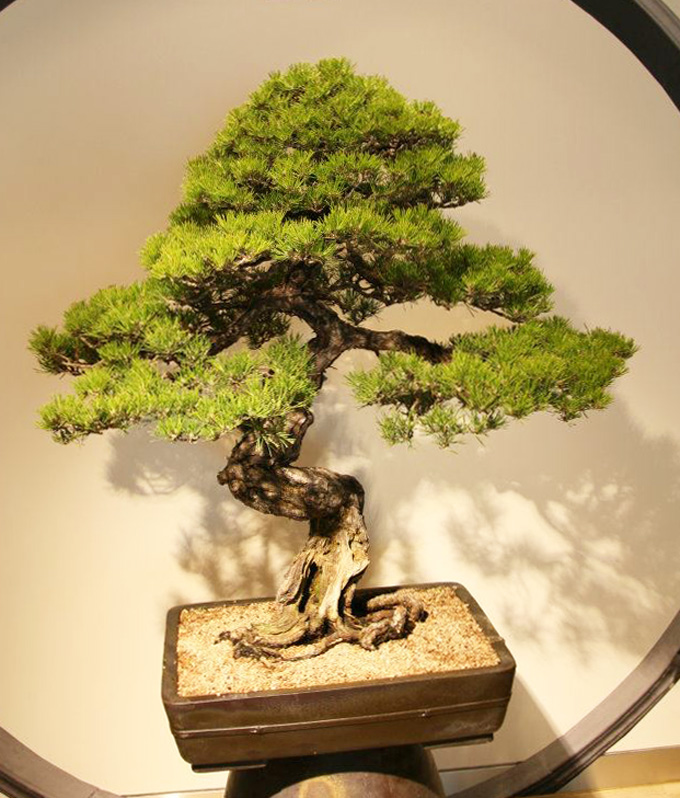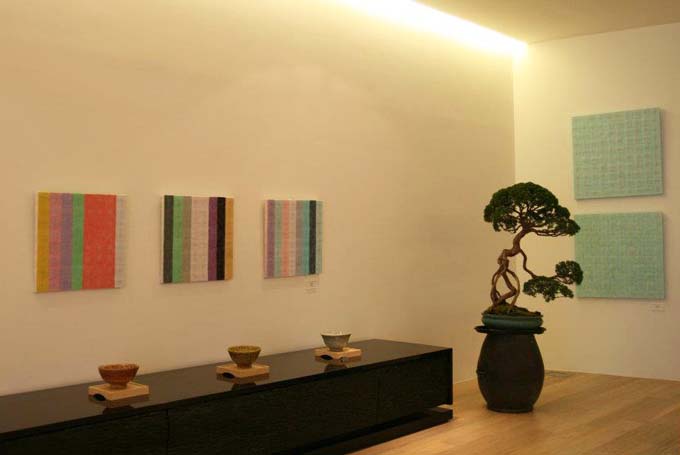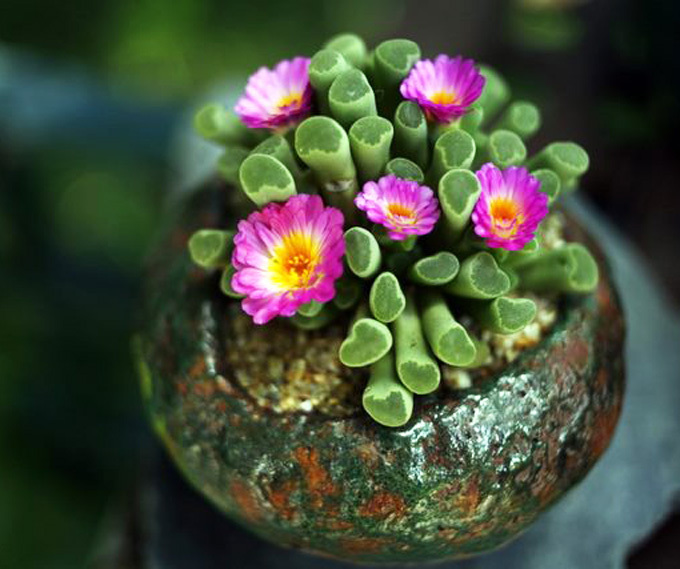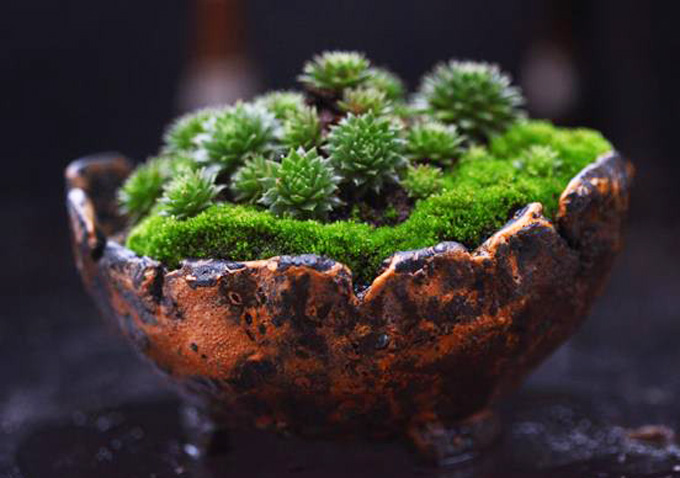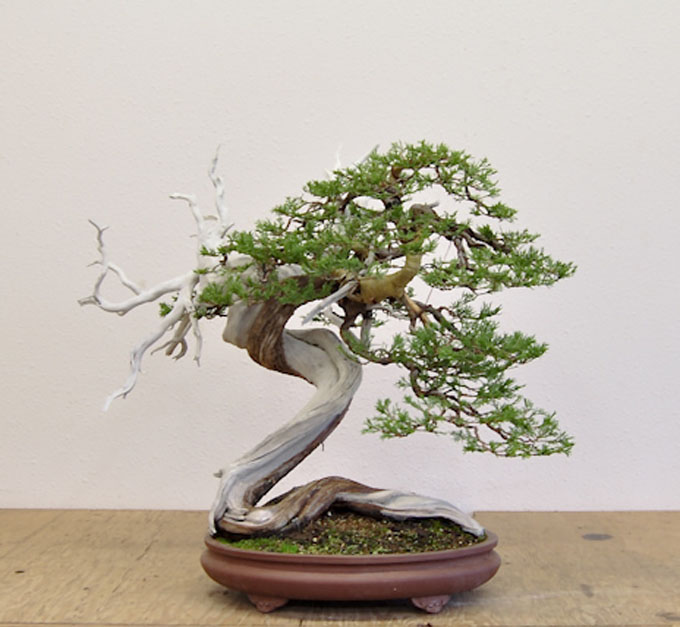 This Rocky Mountain juniper (Juniperus scopulorum) belongs to Ryan Neil. The photo is from Ryan’s International Bonsai Mirai website.
This Rocky Mountain juniper (Juniperus scopulorum) belongs to Ryan Neil. The photo is from Ryan’s International Bonsai Mirai website.
A guest’s guest post. The following is from Michael Hagedorns Crataegus Bonsai blog.
Artisans Cup postponed until September 2015
This is a guest post by Ryan Neil. I am in full support of his words here:
Over the past fourteen months of research and planning the potential of the Artisans Cup has been a driving force in our bonsai community to grow and improve the level of our trees. The enthusiastic response of the entire Western bonsai world fueled our ambition and helped shape and even evolve the Artisans Cup team’s own concept of the possibilities for such a show. The project was daunting from the beginning, but we’ve all grown learning just what it takes to put on an event of this scope and size, and to stay true to our vision of bringing bonsai into the public eye in a premier venue such as the Portland Art Museum.
We are truly grateful for the enthusiasm of the bonsai community and the encouragement you have all given over the past 14 months. And throughout the process and the many challenges we have encountered along the way, I find myself more motivated than ever to realize this exhibition. I believe I have been able to convey to so many folks around the country and the world that the Artisans Cup has the capacity to expand the awareness and level of bonsai in North America, to reach a new audience heretofore unaccustomed to experience living sculpture in the context of the Art Museum. Bonsai should be acknowledged as a vibrant and life affirming art form, rich in tradition but provocative and relevant to our contemporary culture.
However, despite my best efforts to accumulate a critical mass of backing to move our show forward, the state of the economy and the timing for such a show is still early. It’s clear that the Artisans Cup needs more time to gain momentum and support in the Pacific Northwest, as well as to raise the funds necessary within the bonsai community to make the show possible.
For once in my life I’m realizing the truth behind working smarter and not just harder. I see I will need the time to garner more support. As a result, we have made the decision to postpone the Artisans Cup until September 26th-28th, 2015. (Continued here…)
 Chojubai quince from Michael Hagedorn’s collection. Michael wears his love for Chojubai on his sleeve. As you can see, his love is requited.
Chojubai quince from Michael Hagedorn’s collection. Michael wears his love for Chojubai on his sleeve. As you can see, his love is requited.

